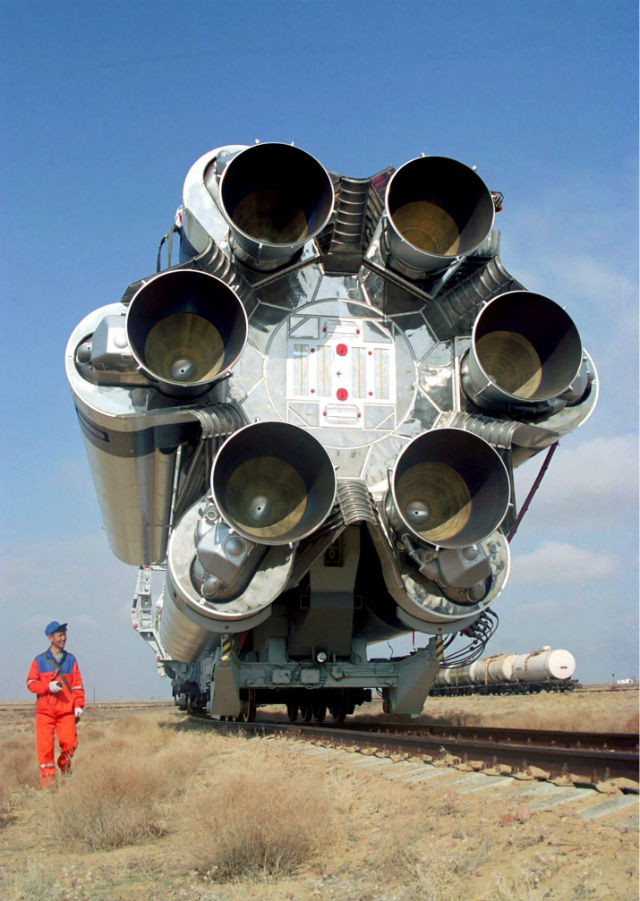A Russian space programme dogged by recent launch failures and an impending budget cut got a boost this week, with the formal opening of flight sales for its new Angara 1.2 light- to medium-lift launch vehicle.
International Launch Services, the commercial launch services provider and marketing arm of Russian rocket builder Khrunichev, says it is now “actively marketing” 1.2 flights from 2017. The modular Angara family ranges from the 1.2, able to put 3t into low-Earth orbit from Plesetsk cosmodrome in northern Russia, to a 25t heavy-lift 5 variant.
The Angara 1.2 move is good news for the Russian space industry, which this year has seen an April Soyuz-Progress mission to resupply the International Space Station end in the sea and, also in April, the failure of an experimental military launcher within seconds of launch from Plesetsk.
However, while the 1.2 made a maiden test flight in July 2014 and the 5 followed in December 2014, a mooted 35t “super-heavy” version appears to have been put on ice. According to a Reuters report carried earlier this year, Russian federal space agency Roscosmos looks set to lose 35% of its budget over the next 10 years. Roscosmos did not respond to earlier requests for comment.
Meanwhile, the 5 programme appears to be facing substantial delay. Though it is expected to make a second flight in 2016, from Plesetsk and possibly carrying a commercial payload, the launcher will not fly from its intended home, the new Vostochny cosmodrome in eastern Russia, until 2021, according to ILS. The site was at one point intended to be ready for Angara flights from late this year and for manned Soyuz flights from 2018.
Meanwhile, ILS continues to offer heavy-lift flights on the failure-prone Proton from Plesetsk. The Proton family, now in its M version (photo below) has made over 400 flights since 1965 – but nearly 50 have failed.
As a modern and modular alternative, Angara should be more flexible, less expensive and more reliable. But Vostochny is a critical plank in Russia’s space policy. The plan is to move operations that currently fly from Baikonur in Kazakhstan – the launch site for Sputnik, Yuri Gagarin and, at present, all astronauts travelling to the ISS – to the new site. As the most southerly site in the old USSR and surrounded by sparsely inhabited terrain, Baikonur was an obvious choice for rocket launches, which are ideally carried out as near as possible to the equator to gain energy from the Earth’s rotation.
Vostochny is not so far south but has the security advantages of being inside Russia. Hence a second key element in Russian policy is the development of heavy launchers powerful enough to satisfy any flight plan and payload requirement. Plesetsk, being inside the Arctic Circle, is perfectly well-suited (bar unreliable weather) to polar launches, but to reach orbits along lower latitudes the payload penalty is huge from such a northerly launch site.
The performance limits of Angara 5 from Plesetsk are not clear, though Tass reports that the December 2014 test flight put a payload model into geostationary orbit, which is the most challenging of launch profiles short of interplanetary missions.
Again according to Tass, the Angara family of launchers – the first all-new civilian launchers designed in Russia in 50 years – have been in development since 1995 at a cost of some $3 billion.

Proton-M being readied for launch at Baikonur, 2013
Rex Features
Source: FlightGlobal.com
















